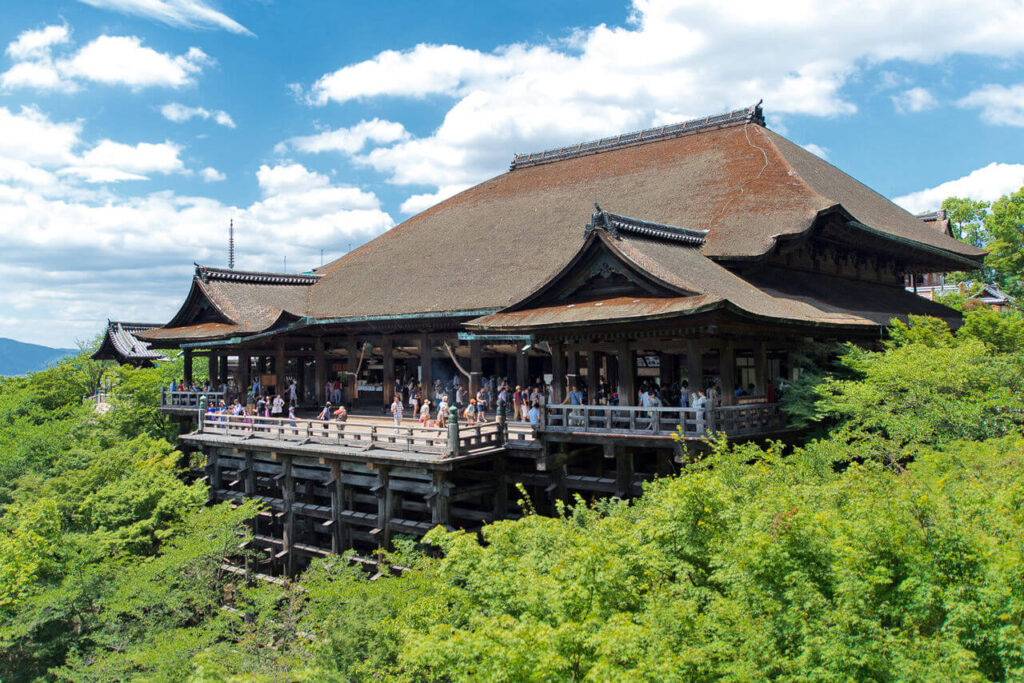What is a usuba knife? A usuba knife is a traditional Japanese vegetable knife that is widely used in Japanese cuisine, particularly for precision vegetable cutting and slicing.
The knife is characterized by its thin, rectangular blade and a straight edge. The tall, thin blade can be used to chop, slice, peel, mince, and even make decorative cuts. Indeed, the word “usuba” translates to “thin blade” in Japanese.
Unlike some other Japanese knives, the usuba has a single bevel, meaning it is sharpened on only one side. The single-bevel edge requires some skill and practice to use effectively, as it may be more challenging for those accustomed to double-bevel knives.
The usuba knife is designed for precise cuts, allowing chefs to create thin slices and intricate vegetable shapes. It is commonly used in the preparation of traditional Japanese dishes, such as sashimi, sushi, and other vegetable-centric dishes.
Traditionally, there are three shapes for a usuba knife. These are Azumagata (which has a rectangular shape, and is the most popular), Hishigata (which has a pointed tip), and Kamagata (which has a slightly curved spine as it approaches the tip).
Each style has its own specific uses and is preferred by chefs based on their cutting techniques and regional traditions. The usuba knife is particularly favored by chefs in Kyoto.

Summary
As mentioned, the usuba knife is a Japanese style specialty knife that is favored for slicing vegetables ultra thin. The knife features a very thin blade, and is a favorite for making garnishes. It is a popular knife in both commercial and household kitchens.
We hope this answered your question “What is a Usuba knife?” Interested in comparing the usuba knife vs. the nakiri knife? If so, check out this post which discusses the primary differences.
Also check out our other educational quick hits, including common types of knife blade steel.